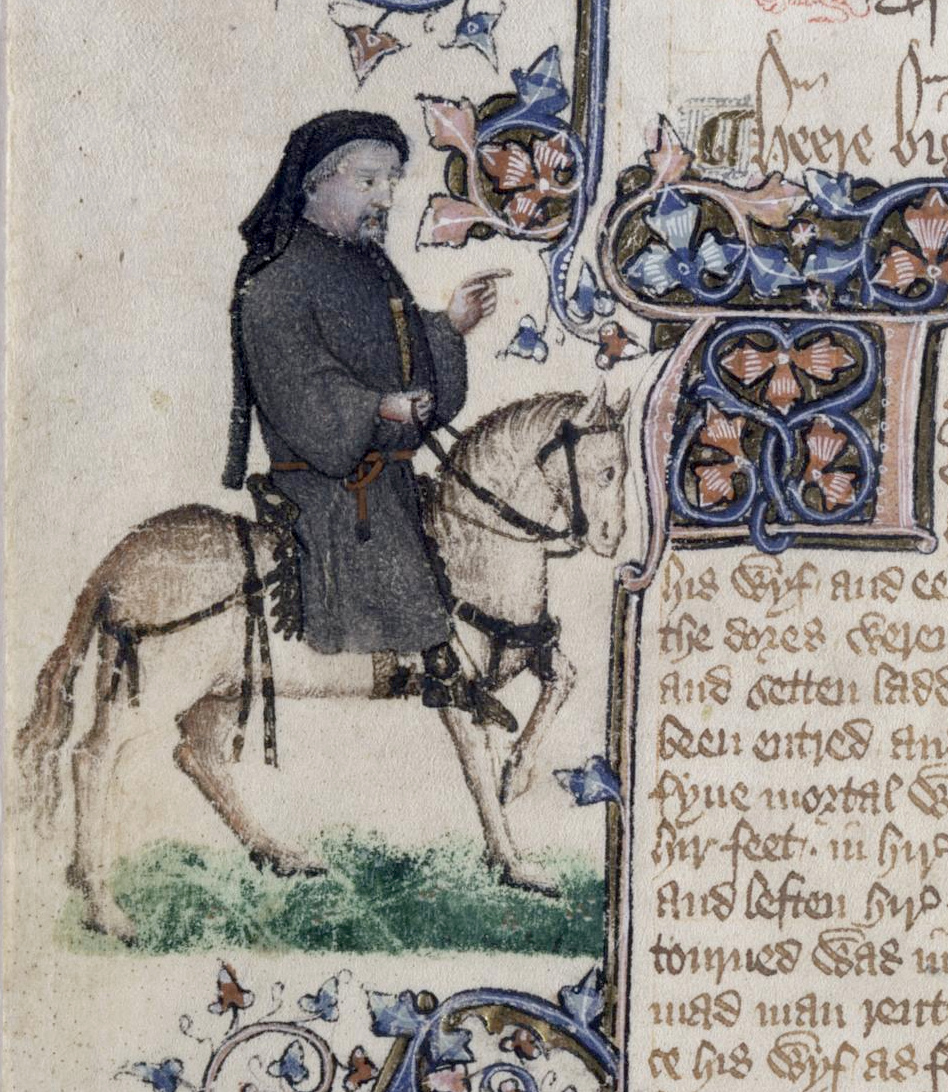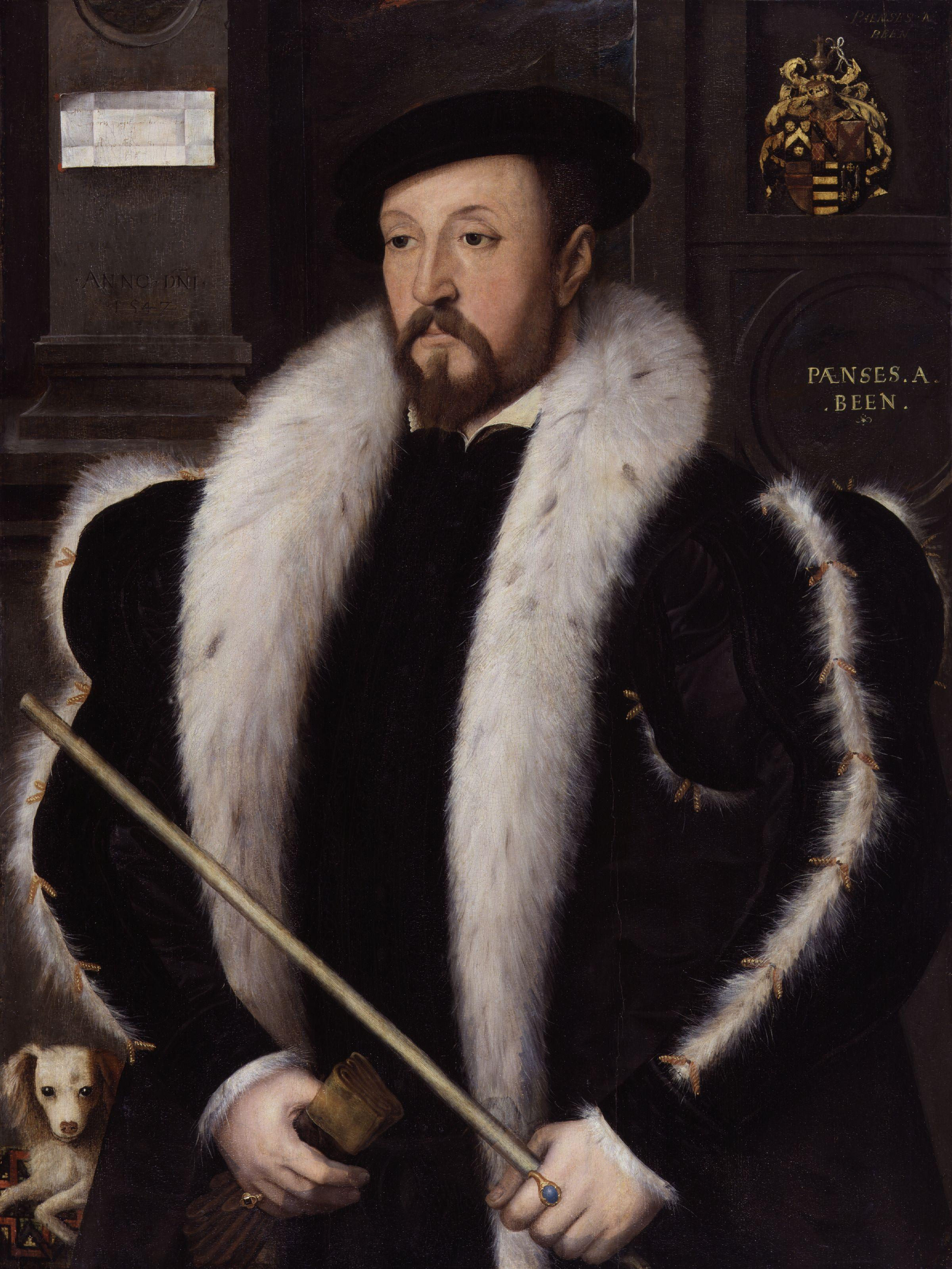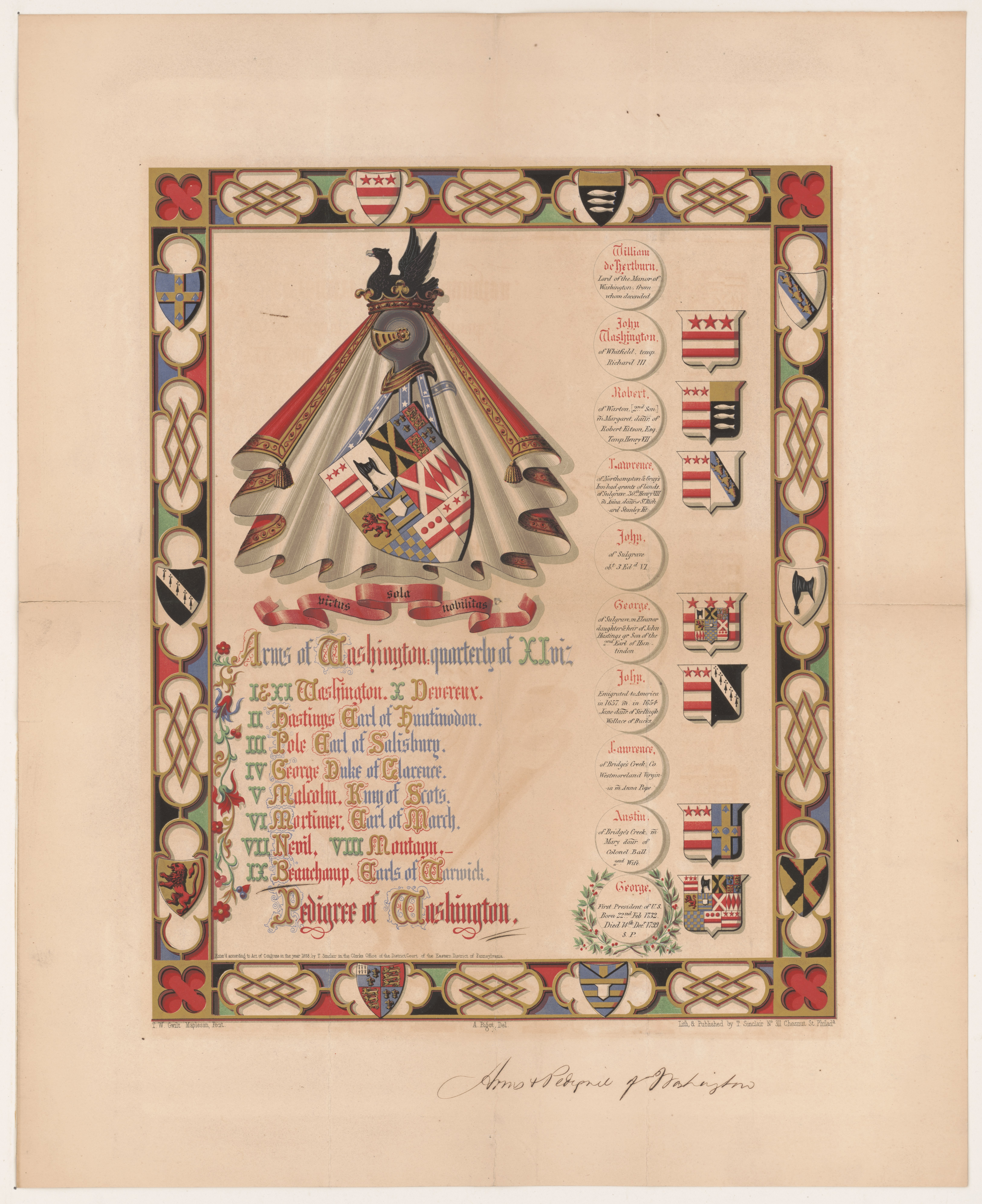|
Sir Clement Heigham
Sir Clement Higham, or Heigham, (pre-1495 – 9 March 1571) of Barrow, Suffolk, was an English lawyer and politician, a Speaker of the House of Commons in 1554, and Chief Baron of the Exchequer in 1558–1559. A loyal Roman Catholic, he held various offices and commissions under Queen Mary, and was knighted in 1555 by King Philip, but withdrew from politics after the succession of Queen Elizabeth I in 1558.M.K. Dale, 'Heigham, Clement (by 1495-1571), of Barrow, Suff.', in S.T. Bindoff (ed.), ''The History of Parliament: the House of Commons 1509-1558'' (from Boydell and Brewer 1982)History of Parliament Online Background and early career Clement Heigham was the son and heir of Clement Heigham of Lavenham, Suffolk, the fourth son of Thomas Heigham of Heigham (died 1492). His mother was Matilda (Maud), daughter of Lawrence Cooke of Lavenham. His exact birth date is not known, but (if we follow Metcalfe's edition) he was the first of five sons, also Thomas, John, William and Edmo ... [...More Info...] [...Related Items...] OR: [Wikipedia] [Google] [Baidu] |
The Right Honourable
''The Right Honourable'' ( abbreviation: ''Rt Hon.'' or variations) is an honorific style traditionally applied to certain persons and collective bodies in the United Kingdom, the former British Empire and the Commonwealth of Nations. The term is predominantly used today as a style associated with the holding of certain senior public offices in the United Kingdom, Canada, New Zealand, and to a lesser extent, Australia. ''Right'' in this context is an adverb meaning 'very' or 'fully'. Grammatically, ''The Right Honourable'' is an adjectival phrase which gives information about a person. As such, it is not considered correct to apply it in direct address, nor to use it on its own as a title in place of a name; but rather it is used in the third person along with a name or noun to be modified. ''Right'' may be abbreviated to ''Rt'', and ''Honourable'' to ''Hon.'', or both. ''The'' is sometimes dropped in written abbreviated form, but is always pronounced. Countries with common or ... [...More Info...] [...Related Items...] OR: [Wikipedia] [Google] [Baidu] |
Smallbridge, Suffolk
Smallbridge Hall is a Grade II* listed English country house in Bures St. Mary, Suffolk, near Colchester, England. The house is partially surrounded by a moat and stands on the bank of the River Stour. The present building is one wing of a large two-storey red-brick Elizabethan mansion. It was heavily restored once c.1874 and again in 1932. History The Waldegrave family had been the owners of the Smallbridge hall and the Wormingford estate which is on the other bank of the River Stour from at least the 14th century. The Smallbridge hall had come into their possession when Sir Richard Waldegrave married Joan, the widow of Sir Robert de Bures. Around 1555, Sir William Waldegrave rebuilt the house, and received Queen Elizabeth there in 1561. The property remained with the Waldegrave family until c.1700 when it was sold to pay debts. The hall has been owned by many other families after that. It was once rebuilt c.1893 and further restored by Lady Phylis Macrae, daughter of the Marc ... [...More Info...] [...Related Items...] OR: [Wikipedia] [Google] [Baidu] |
Hawstead
Hawstead is a small village and civil parish in the West Suffolk (district), West Suffolk district of Suffolk in eastern England. It is located south of Bury St. Edmunds between the B1066 road, B1066 and A134 roads, in a fork formed by the River Lark and a small tributary. The place-name 'Hawstead' is first attested in the Domesday Book of 1086, where it appears as ''Haldsteada''. The name is thought to mean 'a place of shelter for cattle'. Hawstead Place, previously the seat of the Drury family, is now a farmhouse. William Drury (MP for Suffolk), Sir William Drury was High Sheriff of Suffolk, sheriff and knight of the shire for Suffolk (UK Parliament constituency), Suffolk. Lt Col Edward Robert Drury, son of Rev Sir William Drury, was the first General Manager and President of the Queensland Bank of Australia now the National Australia Bank; he named his Queensland home 'Hawstead' in 1875. Lady Drury's Closet (also known as the Hawstead Panels), now in Christchurch Mansion in ... [...More Info...] [...Related Items...] OR: [Wikipedia] [Google] [Baidu] |
William Drury (died 1558)
Sir William Drury (c. 1500 – 11 January 1558) was the son and heir of Robert Drury (speaker), Sir Robert Drury (before 1456 – 2 March 1535), Speaker of the House of Commons (United Kingdom), Speaker of the House of Commons. He was a Member of Parliament and a Privy Council of Great Britain, Privy Councillor. His name appears in the Ellesmere Chaucer, Ellesmere manuscript of Geoffrey Chaucer, Chaucer's ''Canterbury Tales''. ''Guide To Medieval and Renaissance Manuscripts in the Huntington Library'', EL 26 C 9 "Ellesmere Chaucer". Ownership notes of family members of Robert Drury (speaker), Sir Robert Drury, EL 26 C 9, f. i verso, Digital Scriptorium ... [...More Info...] [...Related Items...] OR: [Wikipedia] [Google] [Baidu] |
Smallbridge Hall
Smallbridge Hall is a Grade II* listed English country house in Bures St. Mary, Suffolk, near Colchester, England. The house is partially surrounded by a moat and stands on the bank of the River Stour. The present building is one wing of a large two-storey red-brick Elizabethan mansion. It was heavily restored once c.1874 and again in 1932. History The Waldegrave family had been the owners of the Smallbridge hall and the Wormingford estate which is on the other bank of the River Stour from at least the 14th century. The Smallbridge hall had come into their possession when Sir Richard Waldegrave married Joan, the widow of Sir Robert de Bures. Around 1555, Sir William Waldegrave rebuilt the house, and received Queen Elizabeth there in 1561. The property remained with the Waldegrave family until c.1700 when it was sold to pay debts. The hall has been owned by many other families after that. It was once rebuilt c.1893 and further restored by Lady Phylis Macrae, daughter of the Marc ... [...More Info...] [...Related Items...] OR: [Wikipedia] [Google] [Baidu] |
William Waldegrave (Suffolk MP, Died 1554)
Sir William Waldegrave (2 August 1507 – 2 May 1554) was an English soldier and Member of Parliament.M.K. Dale, 'Waldegrave, Sir William (1507-54), of Smallbridge, Suff.', in S.T. Bindoff (ed.), ''The History of Parliament: the House of Commons 1509-1558'' (from Boydell and Brewer 1982)History of Parliament Online Life Waldegrave was born into a prosperous Suffolk family, the eldest son of Sir George Waldegrave of Smallbridge Hall, Bures St Mary, Suffolk and Anne Drury, the daughter of Sir Robert Drury of Hawstead, Suffolk. He was brought up at his maternal grandfather's house. The deaths within the space of 14 months of his paternal grandfather, Sir William Waldegrave, and his own father left him heir to a large estate and fortune at the age of 20. While on his deathbed, his father secured for Waldegrave an advantageous marriage to a Suffolk heiress. After inheriting the family estate, Waldegrave combined local administration with attendance at court and military service. H ... [...More Info...] [...Related Items...] OR: [Wikipedia] [Google] [Baidu] |
Nettlestead, Suffolk
Nettlestead is a dispersed village and civil parish in the Mid Suffolk district of Suffolk in eastern England.The surrounding villages of Nettlestead include Somersham (the closest), Little Blakenham, Baylham, Barking, Willisham and Offton. In Nettlestead there are two manors: The Chace and High Hall. The originally the manor belonged to the Earls of Richmond; passed to Peter II, Count of Savoy, Robert de Tiptoft, the Despencers and the Wentworths; and gave to the last the title of Baron. Nettlestead Hall (the Chace) was the Manor-house which retains an ancient gateway, bearing the arms of the Wentworths. From the 13th to the 16th centuries the Nettlestead families were patrons of the house of friars minor at Ipswich. High Hall dates back to the 16th Century and was built by Huguenots who had fled from France during series of religious persecutions. Located to the north-west of Ipswich and 11 miles from Stowmarket, in 2005 its population was 90. Notable residents *John Bo ... [...More Info...] [...Related Items...] OR: [Wikipedia] [Google] [Baidu] |
Thomas Wentworth, 1st Baron Wentworth
Thomas Wentworth, 1st Baron Wentworth and ''de jure'' 6th Baron le Despencer, PC (15013 March 1551) was an English peer and courtier during the Tudor dynasty. The Wentworths were originally from Yorkshire but a branch of the family had settled in Nettlestead, Suffolk in the mid-fifteenth century, where Wentworth was born. He was the eldest son of Sir Richard Wentworth, ''de jure'' 5th Baron le Despencer of the 1387 creation, and was a nephew of Margery Wentworth, the mother of Jane Seymour. His mother was Anne Tyrrell, the daughter of Sir James Tyrrell, the supposed murderer of the Princes in the Tower. He had two younger brothers, Philip and Richard, and five sisters, Anne, Elizabeth, Dorothy, Margery and Thomasine. Around 1520 Wentworth married Margaret Fortescue, the eldest daughter of Sir Adrian Fortescue. They had a large family of eight sons and nine daughters, including Thomas, later 2nd Baron Wentworth. Among his daughters, Margery married firstly John Williams, 1st ... [...More Info...] [...Related Items...] OR: [Wikipedia] [Google] [Baidu] |
Thomas Kitson
Sir Thomas Kitson (1485 – 11 September 1540) was a wealthy English merchant, Sheriff of London, and builder of Hengrave Hall in Suffolk. Family Thomas Kitson was the son of Robert Kitson (or Kytson) of Warton, Lancashire. His mother's name was Margaret Smyth, daughter of Sir William Smyth and Lady Margaret Cornwall. His sister, Margaret Kitson, married John Washington, ancestor of George Washington. Career Kitson came to London as a youth, and was apprenticed to the London mercer and Merchant Adventurer, Richard Glasyer. He was admitted a freeman of the Mercers' Company in 1507, and served as Warden in 1525-26 and 1533-34 and as Master in 1534–35. He served as Sheriff of London in 1533–34, and was knighted on 30 May 1534 (an honour not conferred on his co-sheriff, William Forman). In May 1534, he was associated with Rowland Lee, Bishop of Coventry and Lichfield, in taking oaths of fealty from priests and monks. Kitson had financial dealings with the Crown on a large ... [...More Info...] [...Related Items...] OR: [Wikipedia] [Google] [Baidu] |
Horningsheath
Horringer is a village and civil parish in the West Suffolk (district), West Suffolk district of Suffolk in eastern England. It lies on the A143 road, A143 about two miles south-west of Bury St Edmunds. The population in 2011 was 1055. Heritage Horringer was earlier known as Horningsheath. The school kept this spelling until after World War II, the Second World War. The village includes the main entrance to Ickworth House, Ickworth house, a Neoclassical architecture, Neoclassical country house which was the seat of the Earls and Marquesses of Bristol until the 7th Marquess sold the lease to the National Trust for Places of Historic Interest or Natural Beauty, National Trust. Notable residents In birth order: *Thomas Rogers (clergyman), Thomas Rogers (c. 1553–1616), a religious controversialist and cleric was the Rector of St Leonards, Horringer, from 1581 until his death. *John Covel (1638-1722), clergyman and scientist who became Master of Christ's College, Cambridge and vi ... [...More Info...] [...Related Items...] OR: [Wikipedia] [Google] [Baidu] |
Court Of Augmentations
Thomas Cromwell established the Court of Augmentations, also called Augmentation Court or simply The Augmentation in 1536, during the reign of King Henry VIII of England. It operated alongside three lesser courts (those of General Surveyors (1540-1547), First Fruits and Tenths (1540-1554), and Wards and Liveries (1540-1660)) following the dissolution of the monasteries (1536 onwards). The Court's primary function was to gain better control over the land and finances formerly held by the Roman Catholic Church in the Kingdom of England. The Court of Augmentations was incorporated into the Exchequer in 1554 as the Augmentation Office. History and structure The Court of Augmentations was one of a number of financial courts established during Henry's reign. It was founded in 1536 to administer monastic properties and revenues confiscated by the crown at the dissolution of the monasteries. The court had its own chancellor, treasurer, lawyers, receivers and auditors. In 1547, the Co ... [...More Info...] [...Related Items...] OR: [Wikipedia] [Google] [Baidu] |
Gazeley
Gazeley is a village and civil parish in the West Suffolk district of Suffolk in eastern England and is part of the West Suffolk UK Parliament constituency. In 2005 it had a population of 740. A house converted from a windmill survives in the village. The surnames of Gazeley, Gazley and Gazlay derive from this source. The name Gazeley means "Woodland clearing of a man called *Gǣgi". The Icknield Way Path passes through the village on its 110-mile journey from Ivinghoe Beacon in Buckinghamshire to Knettishall Heath Knettishall Heath is a biological Site of Special Scientific Interest west of Knettishall in Suffolk. A larger area of 176 hectares is the Knettishall Heath Nature Reserve, which is managed by the Suffolk Wildlife Trust. Despite its name, Knett ... in Suffolk. ThIcknield Way Trail a multi-user route for walkers, horse riders and off-road cyclists also passes through the village. Notable people * Bill Norman, football manager See also *Desning Hall References ... [...More Info...] [...Related Items...] OR: [Wikipedia] [Google] [Baidu] |

_(cropped).jpg)




